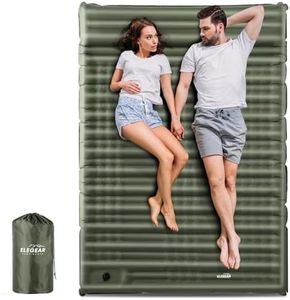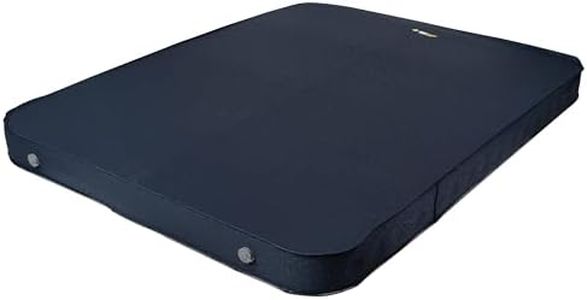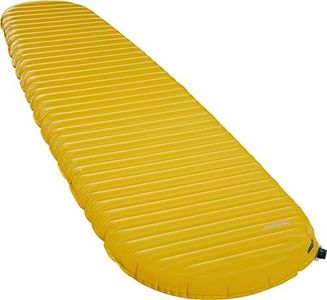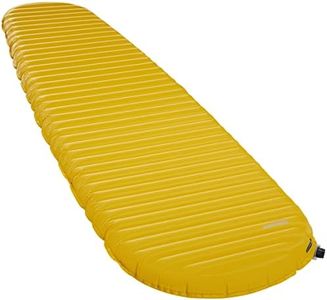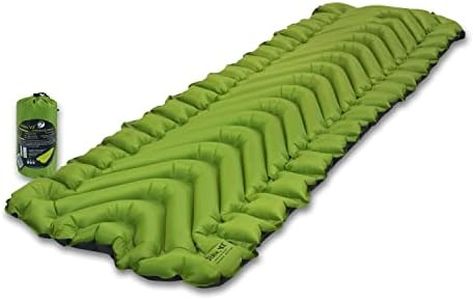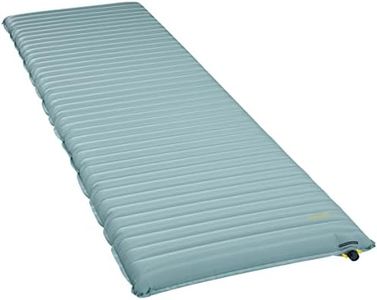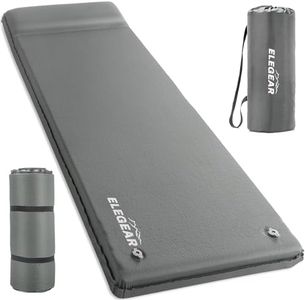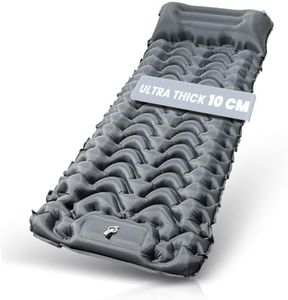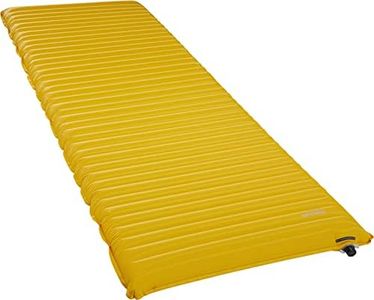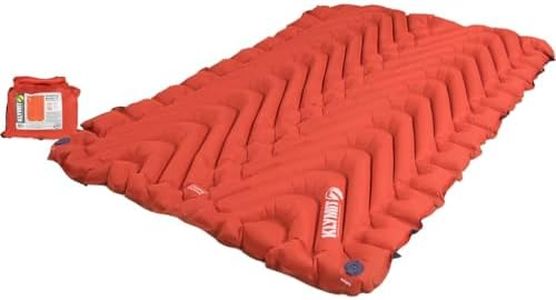We Use CookiesWe use cookies to enhance the security, performance,
functionality and for analytical and promotional activities. By continuing to browse this site you
are agreeing to our privacy policy
10 Best Backpacking Sleeping Pads
From leading brands and best sellers available on the web.Buying Guide for the Best Backpacking Sleeping Pads
Choosing a backpacking sleeping pad is all about balancing comfort, weight, and insulation for the kind of trips you plan to take. Sleeping pads don't just give you a softer surface—they also keep you warm by insulating you from the cold ground. It's important to consider the type of backpacking you’ll be doing, the weather you'll encounter, and how much weight you’re willing to carry. Understanding the key specs will help you find a pad that matches your needs for comfort, warmth, and convenience.WeightWeight refers to how heavy the sleeping pad is. This is important because every ounce counts when you’re carrying everything on your back. Lightweight pads are best for those who travel long distances or prefer to keep their pack as light as possible. Heavier pads might be bulkier but sometimes offer more comfort or insulation. For most backpackers, a balance is needed—a pad that's not too heavy to carry but still comfortable enough for a good night’s sleep.
Packed SizePacked size is how small the pad becomes when it’s rolled or folded up. This matters because space in your backpack is limited. Pads can range from very compact (about the size of a water bottle) to larger and more awkward shapes. If you have a small backpack or need to save room for other gear, look for pads with a compact packed size. If space isn't an issue, then this is less critical.
R-Value (Insulation)R-value measures how well the pad insulates and keeps you warm. A higher R-value means more warmth, which is crucial in colder weather. For summer camping, a lower R-value (around 1–3) is enough. For spring and fall, look for a medium R-value (about 3–5). For winter or snow camping, a higher R-value (5 and above) is best. Choose the R-value according to the lowest temperatures you expect to encounter.
Comfort and ThicknessComfort is mainly determined by the thickness and shape of the pad. Thicker pads usually provide a softer and more supportive feeling, especially for side sleepers or those camping on rough ground. Thin pads are lighter and more compact, but may not cushion as well. Consider how you sleep and the terrain—if you’re a sensitive sleeper, prioritize a thicker pad; if you sleep just fine on hard surfaces, a thinner pad will do.
Pad Type (Foam vs. Inflatable)Sleeping pads generally come in two main types: foam and inflatable. Foam pads are durable, simple, and can’t pop or leak, but are a bit bulky and less cushy. Inflatable pads pack down very small and can be quite comfortable, but they require inflation and can get punctured. If you value reliability and simplicity, foam is a great choice; if comfort and packability are your main concerns, look at inflatable pads.
Length and WidthLength and width refer to the overall dimensions of the pad. It's important to get a pad that fits your body so you’re protected from the ground. Regular pads cover up to the shoulders, while longer pads will allow your feet or even your head to rest on them. If you’re taller or like to spread out, choose a larger pad. For those wanting to cut weight, you can choose shorter or narrower pads, but make sure you’re still comfortable.
DurabilityDurability is about how well the pad holds up to repeated use and rough conditions. Thicker materials tend to last longer but can weigh more. If you camp in rocky areas or want a pad that will last for many seasons, durability should be a priority. If your trips are usually in grassy, soft campsites, you might worry less about durability.

